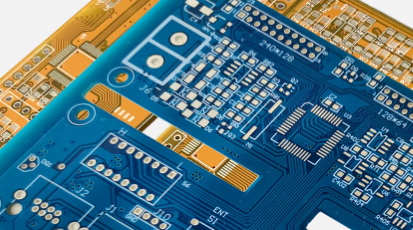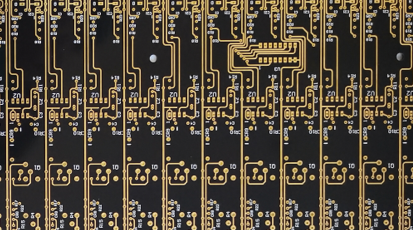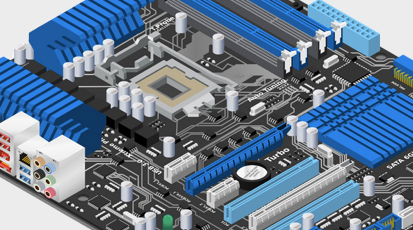How to Calculate PCB Price in Industry?
By:PCBBUY 05/26/2025 15:58
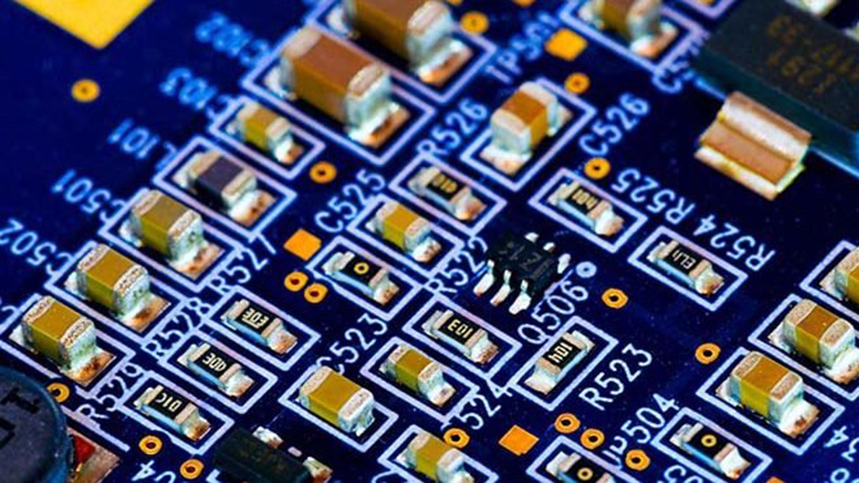
Printed Circuit Boards (PCBs) are fundamental components in modern electronics, used in everything from consumer gadgets to industrial machinery. Understanding how PCB pricing is calculated is crucial for engineers, procurement specialists, and business decision-makers to optimize costs without compromising quality.
The pricing of printed circuit boards (PCBs) is a complex process influenced by material choices, manufacturing processes, design complexity, and market dynamics. Unlike standardized products, PCBs are highly customized, with no two projects identical. This guide provides a detailed analysis of the factors affecting PCB costs, the mathematical models used for pricing, and real-world examples to illustrate industry practices. By understanding these elements, businesses can optimize costs, negotiate effectively, and make informed decisions.
This article provides an in-depth analysis of the key factors influencing PCB pricing, industry-standard calculation methods, and cost-saving strategies. We will examine material costs, manufacturing processes, labor, and additional fees while presenting real-world data and comparative tables for clarity.
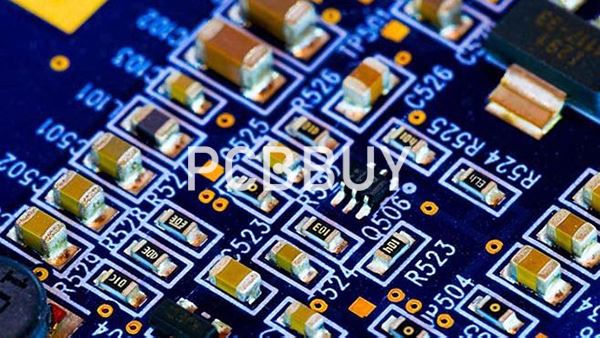
Understanding PCB Pricing Factors
1. Material Costs: The Foundation of Pricing
Materials account for 30–50% of total PCB costs, depending on the type and quality of materials used. Key components include:
Substrate Materials:
o FR-4: The most common material, costing 5–5–15 per square meter (thickness: 1.6mm).
o High-Frequency Laminates (e.g., Rogers): Used in RF applications, costing 50–50–150 per square meter.
o CEM Series: Lower-cost alternatives (e.g., CEM-3) at 3–3–8 per square meter but with reduced thermal stability.
Copper Foil:
o Thickness: 1 oz/ft² (0.8–0.8–1.2 per square meter) vs. 2 oz/ft² (1.5–1.5–2.5 per square meter).
o Type: Electrolytic copper is cheaper than high-purity foil used in HDI PCBs.
Surface Finishes:
|
Finish Type |
Cost (per sqm) |
Durability |
Common Applications |
|
HASL (Hot Air Solder Leveling) |
2–2–4 |
Moderate |
consumer electronics |
|
ENIG (Electroless Ni/Au) |
10–10–20 |
High |
medical devices, aerospace |
|
OSP (Organic Solder Preservative) |
1–1–3 |
Low |
short-term production |
2. Manufacturing Processes: From Drilling to Final Test
Processes account for 25–40% of costs. Key steps include:
-
Drilling:
o Standard Twist Drill: 0.001–0.001–0.005 per hole (for hole diameters >0.3mm).
o Laser Drilling (HDI PCBs): 0.01–0.01–0.05 per hole (for microvias <0.1mm).
Imaging & Etching:
o Dry Film Photoresist: Preferred for fine lines (<0.1mm), adding 5–5–10 per square meter.
o Wet Etching: Cheaper but less precise for high-resolution designs.
Layer Pressing:
o Multilayer PCBs: Each additional layer adds 5–5–15 per panel due to alignment and pressing complexity.
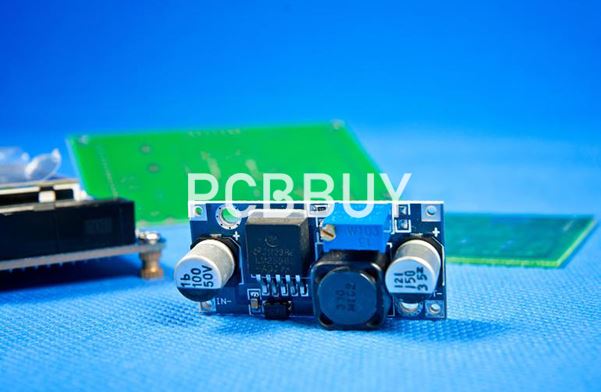
3. Design Complexity: The "Hidden" Cost Driver
Complex designs significantly impact costs:
Hole Density:
o <500 holes/panel: Standard cost.
o >1000 holes/panel: +50–50–100 per panel due to drilling time and yield losses.
Line/Space Resolution:
o Line Width >0.2mm: Standard cost.
o Line Width <0.1mm: +20–20–50 per panel (requires precision lithography).
Layer Count:
|
Layer Count |
Base Cost (6-layer) |
Additional Cost/Layer |
|
2-layer |
100–100–150/m² |
— |
|
4-layer |
150–150–250/m² |
+20–20–30/layer |
|
8-layer |
250–250–400/m² |
+15–15–25/layer |
4. Volume and Economy of Scale
Order quantity drastically affects pricing:
|
Quantity |
Price per Unit |
Key Drivers |
|
1–100 units |
50–50–200 |
High setup costs, low volume discounts |
|
1,000–10,000 units |
10–10–50 |
Economies of scale, amortized setup costs |
The Mathematical Model Behind PCB Pricing
Accurate pricing requires calculating fixed costs and variable costs:
1. Fixed Costs
Tooling:
o Fiberglass Stencil: 50–50–100.
o Drill Bits/CNC Programs: 100–100–300.
Setup Fees: 50–50–200 per order (covers engineering and preproduction).
2. Variable Costs
-
Materials: 10–10–50 per square meter (depends on substrate and copper).
-
Processing: 20–20–100 per panel (includes drilling, plating, and testing).
-
Overhead: 10–10–30 per panel (labor, energy, and quality control).
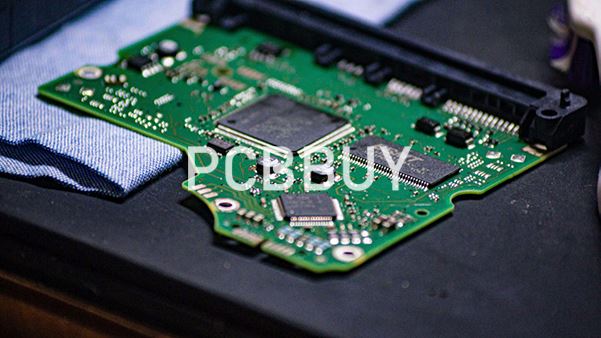
3. All-in Calculation Formula
Total Price=(Fixed Costs + (Variable Costs × Quantity))×MarkupTotal Price=(Fixed Costs + (Variable Costs × Quantity))×Markup
Markup: Typically 10–30% to cover profit and unforeseen risks.
Example Calculation
For a 1000-unit order of a 4-layer FR-4 PCB:
-
Fixed Costs: Tooling (150)+Setup(150)+Setup(100) = $250.
-
Variable Costs: Materials (20/panel)+Processing(20/panel)+Processing(50/panel) + Overhead (20/panel)=20/panel)=90/panel.
-
Total Cost: 250+(250+(90 × 1000) = $90,250.
-
Price per Unit: 90,250/1000=∗∗90,250/1000=90.25 (before markup).
Real-World Case Studies
Case 1: Low-Volume vs. High-Volume Orders
|
Parameter |
100-Unit Order |
10,000-Unit Order |
|
Price per Unit |
$120 |
$35 |
|
Setup Cost Impact |
15% of total cost |
1% of total cost |
|
Material Discount |
None |
10% bulk discount |
Case 2: Advanced Features Premium
|
Feature |
Standard Double-Sided PCB |
HDI PCB with BGA |
|
Price per Unit |
$50 |
$200 |
|
Additional Costs |
— |
Microvias ($50/panel) |
Market Trends and Strategic Pricing
1. Regional Cost Differences
-
China: Lowest labor and material costs (10–10–30/panel for basic PCBs).
-
USA/Europe: Higher costs (50–50–150/panel) due to wages and overhead.
2. Negotiation Tactics
-
Design Optimization: Reducing layer count or simplifying features can cut costs by 10–20%.
-
Long-Term Contracts: Lock in prices for bulk orders to hedge against material price fluctuations.
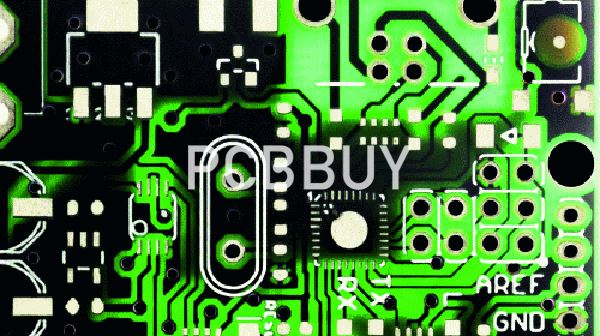
Conclusion
Calculating PCB prices requires a deep understanding of materials, processes, and market dynamics. By analyzing cost drivers and leveraging economies of scale, businesses can minimize expenses while maintaining quality. For specialized quotes or further guidance, consult industry experts or use advanced cost-calculation tools.
References
-
IPC-2223, Generic Test Methods for High-Density Interconnects (2024).
-
Prismark Partners, Global PCB Industry Report (2024).
-
H. Zhang et al., IEEE Transactions on Components, Packaging and Manufacturing Technology, Vol. 10, pp. 144–152 (2022).
-
PCB Pricing Whitepaper, Protel Technologies (2023).
Industry Category

